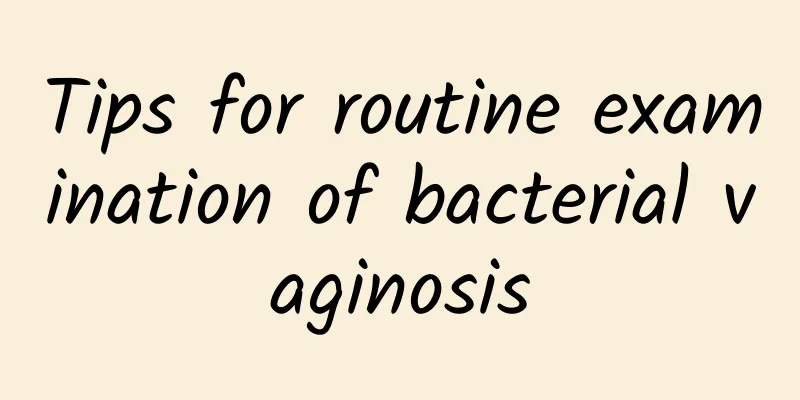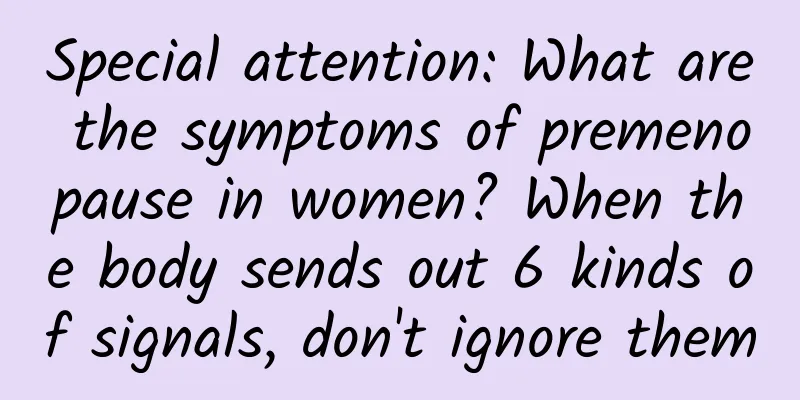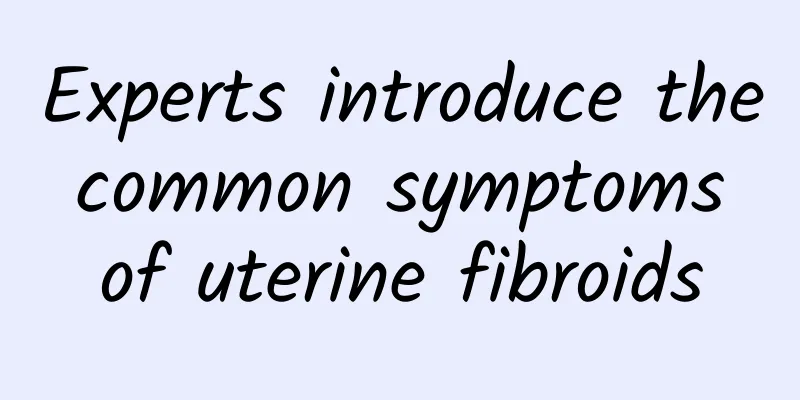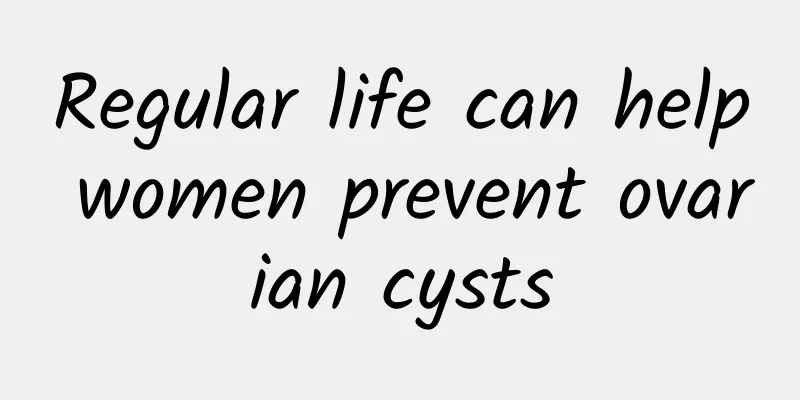What are the symptoms of uterine fibroids? What are the types of uterine fibroids?
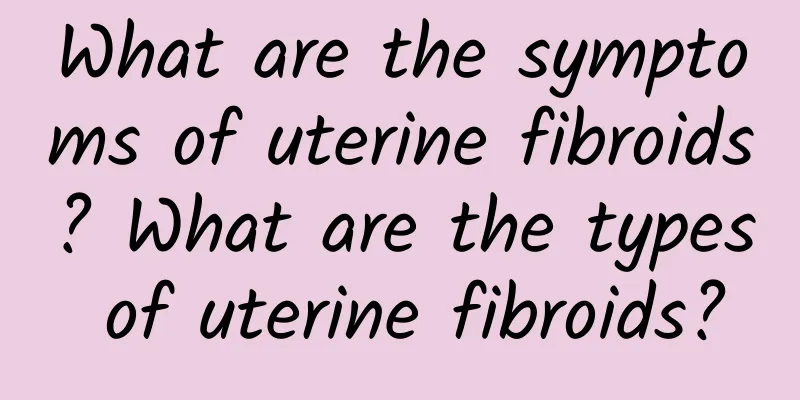
|
We must actively grasp the symptoms of uterine fibroids and correctly grasp the symptoms of uterine fibroids to help us get accurate diagnosis and treatment. Usually there are many symptoms of uterine fibroids. The following is an expert analysis of the symptoms of uterine fibroids. Symptoms of uterine fibroids: Type 1. Intramural fibroids: The fibroids are located in the myometrium of the uterus and are surrounded by normal myometrium. The boundary between the fibroids and the myometrium is clear. The uterine myometrium squeezed around the fibroids is usually called a pseudocapsule. This type of fibroid is the most common, accounting for 60% to 70% of the total number of fibroids. Fibroids are usually single or multiple, with different sizes. Small ones, like rice grains or soybeans, do not change the shape of the uterus; large ones can increase the uterus or change the shape of the uterus irregularly, and the uterine cavity is often deformed. Type 2. Subserosal fibroids: When the fibroids between the uterine muscle walls grow to the serosa layer on the surface of the uterus, it is called a subserosal fibroid. When the fibroids continue to grow under the serosa, they form a pedicled subserosal fibroid connected to the uterine wall. When the tumor grows on both sides of the uterus and in the wide ligaments beside the uterus, it often compresses the nearby ureters, bladder and iliac blood vessels, causing corresponding symptoms and signs. Type 3, submucosal fibroids: Submucosal fibroids are intramural fibroids close to the uterine cavity, growing in the direction of the uterine cavity, and covered with endometrium on the surface, called submucosal fibroids. This type of fibroid protrudes from the uterine cavity and can change the shape of the uterine cavity. Some fibroids are only called pedunculated submucosal fibroids, which are connected to the uterine wall. This type of fibroid causes reflex uterine contractions in the uterine cavity, like a foreign body. Due to gravity, the fibroid gradually moves down to the internal cervical os, and finally the pedicle is stretched, and the fibroid is gradually squeezed at the external cervical os or vaginal os. We must actively grasp the above-mentioned symptoms of uterine fibroids. Of course, after mastering the symptoms of uterine fibroids, we must also actively consult relevant experts to maximize the restoration of everyone's safety and health. |
>>: What are the symptoms of uterine fibroids? How to treat uterine fibroids with minimal harm
Recommend
No time to lose weight slowly! Two cousins reduced their stomachs and lost 110 kg
I weigh over 100 pounds and suffer from diabetes ...
Checking is also necessary before doing abortion
Nowadays, many people have abortions, so do you k...
What is the difference between pelvic inflammatory disease and endometritis?
Although pelvic inflammatory disease and endometr...
Is it safe to have an abortion in a hospital?
Abortion, as the name suggests, means you don'...
Can I do IVF with adenomyosis? What is the cause of adenomyosis?
Nowadays, adenomyosis has become a very common gy...
Cervical precancerous lesions specialist hospital
What are the specialized hospitals for cervical p...
Three major causes of cervicitis
Cervicitis is also one of the most common disease...
What are the external symptoms of threatened miscarriage?
What are the external manifestations of threatene...
What is the cause of fever and abnormal vaginal discharge?
What is the cause of fever and abnormal vaginal d...
Adnexitis mainly causes bladder and rectal irritation symptoms
Adnexitis mainly presents symptoms of bladder and...
Why does pelvic inflammatory disease recur?
Why does pelvic inflammatory disease recur? Repea...
Analysis of several common causes of adnexitis
As people pay more attention to women's healt...
What is the cause of pelvic effusion?
Pelvic effusion is a very common gynecological di...
Is third-degree cervical erosion generally easy to treat? Pay attention to 4 things when treating third-degree cervical erosion
I don't know if you are familiar with cervica...
Is it good to eat honey during menstruation? Can you eat honey during menstruation?
A woman's physical condition during menstruat...
